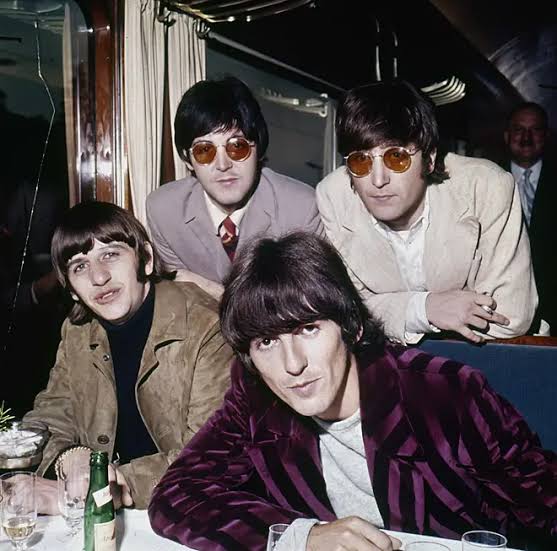**In My Life: The Making of The Beatles’ Classic from *Rubber Soul***
Released in December 1965, *Rubber Soul* marked a significant turning point in The Beatles’ musical evolution. Among the album’s many standout tracks, “In My Life” stands as one of the most enduring and beloved songs in the band’s catalog. Written primarily by John Lennon, with contributions from Paul McCartney, the song combines introspective lyrics with a groundbreaking musical arrangement, showcasing the band’s growing sophistication.
The genesis of “In My Life” came during a time when The Beatles were experimenting with more complex songwriting and studio techniques. As the band was still riding the wave of global fame, they were increasingly looking to distance themselves from the pop formula that had defined their earlier work. This desire for artistic growth was evident in *Rubber Soul*, which displayed a fusion of folk, rock, and even classical elements.
“In My Life” began as a simple song with reflective lyrics. Lennon later recalled that the inspiration came from his own experiences, particularly his early life in Liverpool. The song’s lyrics reflect a deep sense of nostalgia and contemplation, with Lennon exploring themes of memory, change, and the passage of time. However, the song was initially just a rough composition, devoid of its famous musical arrangement.
Lennon was inspired by a suggestion from Paul McCartney to incorporate a middle-eight section—a bridge in the song that deviated from the main chord progression. It was here that the two Beatles worked together to fine-tune the song’s structure, elevating it from a modest ballad into something far more unique.
One of the most innovative aspects of “In My Life” is its groundbreaking instrumental break, which features a piano solo that was unlike anything heard in popular music at the time. Producer George Martin, who was known for his classical background and orchestral arrangements, took charge of this pivotal moment. Instead of using a traditional piano sound, Martin arranged for the part to be played on a harpsichord-like instrument, creating a shimmering, almost otherworldly sound.
However, there is a fascinating twist to the piano solo. Rather than being a conventional recording, Martin created the part by playing the melody on a piano at a faster speed and then slowing the tape down during playback. This altered the sound, giving it a distinct, ethereal quality that was unlike anything listeners had encountered in contemporary music.
The lyrics of “In My Life” are particularly notable for their depth and emotion. Lennon later described the song as a reflection on the people and places that had shaped his life. He spoke about how it was one of the first songs where he expressed his inner thoughts in such a direct and personal way. While some of the specifics referenced in the song were about his childhood and his relationship with his parents, Lennon also acknowledged that the meaning of the song was more universal, capturing the essence of time and change.
Upon its release, “In My Life” quickly became a fan favorite and has remained one of the most cherished tracks in The Beatles’ catalog. Critics and listeners alike have lauded its lyrical beauty, innovative arrangement, and timeless appeal. Today, it stands as one of The Beatles’ most iconic songs, a testament to the band’s ability to push the boundaries of popular music.
Through “In My Life,” The Beatles proved that they were not just a pop group—they were true musical innovators, unafraid to experiment and dive into deeper, more complex emotional territories. The making of the song, marked by collaboration, innovation, and introspection, ultimately created a timeless masterpiece that continues to resonate with audiences around the world.
